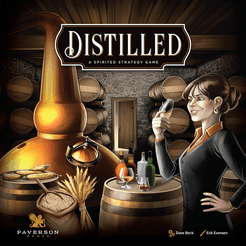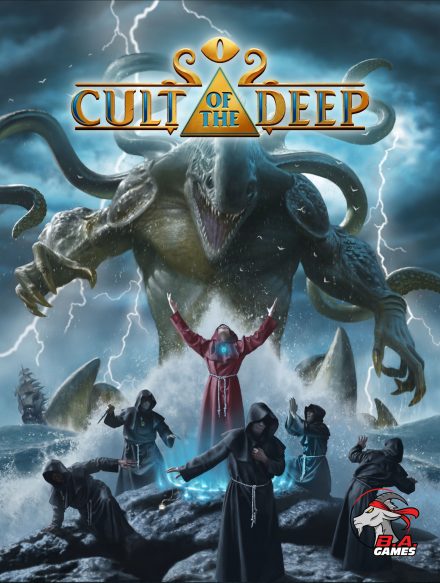
Tapestry
Tapestry is a two-hour game for 1-5 players designed by Jamey Stegmaier.
Create the civilization with the most storied history, starting at the beginning of humankind and reaching into the future. The paths you choose will vary greatly from real-world events or people — your civilization is unique!
In Tapestry, you start from nothing and advance on any of the four advancement tracks (science, technology, exploration, and military) to earn progressively better benefits. You can focus on a specific track or take a more balanced approach. You will also improve your income, build your capital city, leverage your asymmetric abilities, earn victory points, and gain tapestry cards that will tell the story of your civilization.
Game Mechanics:
- Area Control
- Dice Rolling
- Hand Management
- Open Drafting
- Push Your Luck
- Tableau Building
- Take That
- Tile Placement
Game Specifications:
- 1 – 5 Players
- 90 – 120 Minutes
- Difficulty Weight 2.91









